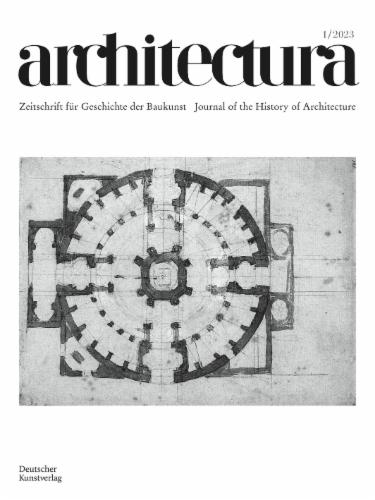
Historistische Ecklösungen in Deutschland und Frankreich. Symbole nationaler Baukultur
Tobias Möllmer
From the Journal: architectura
Published online:
19 May 2025
Abstract
In the late 19th century, German and French residential and commercial buildings began to display clear differences in the design of the corners of buildings, which to this day continue to shape the cityscapes of both countries and distinguish them from one another. In France, the practice of cutting off the corners of buildings and thus connecting the façades more organically began in the 1840s, but the structuring was continued without emphasizing the corner bay. In the search for a national architectural style, from the 1870s the Germans combined the pan coupé imported from Paris with the most characteristic German architectural element – the corner oriel, which was extended as a turret in the roof zone. While the domed rotonde in the Parisian style also spread in Germany in a modified form, the French never warmed to the corner oriel and the turret; the design emphasis on a tower-like accentuated corner of the building, on the other hand, changed the cityscape of Paris after 1900.
In the late 19th century, German and French residential and commercial buildings began to display clear differences in the design of the corners of buildings, which to this day continue to shape the cityscapes of both countries and distinguish them from one another. In France, the practice of cutting off the corners of buildings and thus connecting the façades more organically began in the 1840s, but the structuring was continued without emphasizing the corner bay. In the search for a national architectural style, from the 1870s the Germans combined the
Other articles in this issue:
architectura Issues
Volume 53 (2025)
Volume 52 (2022)
Volume 51 (2021)
Volume 50 (2020)
Volume 49 (2019)
Volume 48 (2018)
Volume 47 (2017)
Volume 46 (2016)
Volume 45 (2015)
Get instant, unlimited access to this journal
Related titles
Would you like to receive monthly information about new publications and events?

